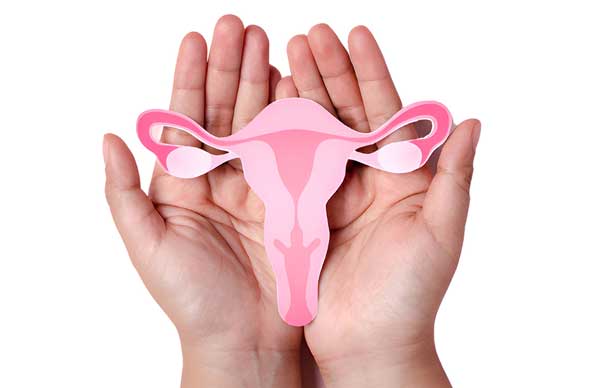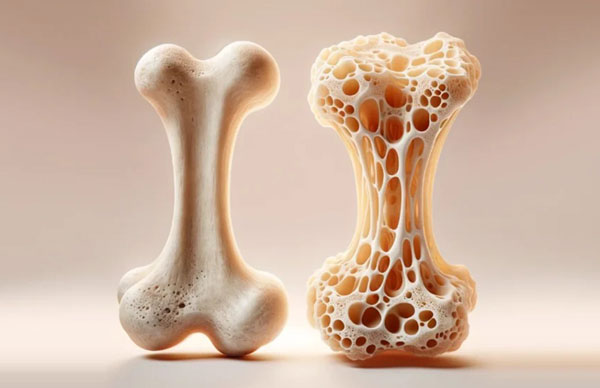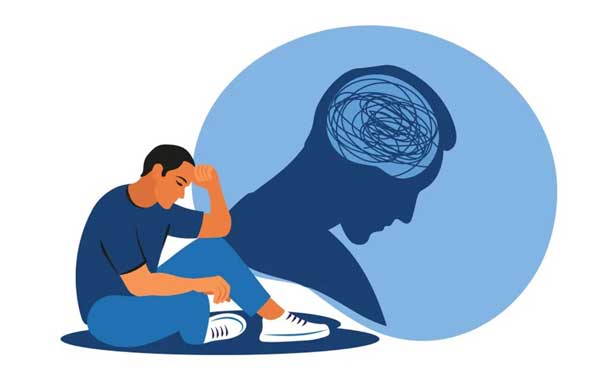Cirrhosis of the Liver: Symptoms, Causes & Stages

Cirrhosis of the liver is a serious condition that affects many people worldwide. This blog will help you understand what cirrhosis is, its signs and symptoms, the causes behind it and the different stages of the disease. You can connect with Neotia Getwel Multispecialty Hospital for the best medical assistance and 24/7 emergency care.
What is cirrhosis of the liver?
Cirrhosis is a condition where the liver becomes scarred due to long-term damage. The liver is a vital organ that performs many important functions, including filtering toxins from the blood, producing bile to help digest fats and storing energy in the form of glycogen. When the liver is damaged repeatedly over time, scar tissue forms. This scar tissue replaces healthy liver tissue, making it difficult for the liver to work properly.
As the liver becomes more scarred, it struggles to carry out its functions. This can lead to a range of health problems, some of which can be life-threatening. Cirrhosis is usually the result of chronic liver disease and is often a late stage of liver damage.
Signs and symptoms of cirrhosis
The signs and symptoms of cirrhosis can vary depending on how advanced the condition is. In the early stages, there might be no noticeable symptoms. However, as the disease progresses, several signs can indicate the presence of cirrhosis.
Early Signs and Symptoms
- Fatigue: Feeling unusually tired or weak is a common early symptom of cirrhosis.
- Loss of appetite: Many people with cirrhosis lose their appetite and may find it difficult to eat.
- Nausea: Feeling sick to your stomach is another early sign that the liver is not functioning properly.
- Weight loss: As a result of reduced appetite and nausea, people with cirrhosis may lose weight without trying.
- Swelling in the legs and ankles: This can occur due to the liver’s reduced ability to produce proteins that regulate fluid balance.
Advanced Signs and Symptoms
- Jaundice: This is a condition where the skin and the whites of the eyes turn yellow. It happens when the liver cannot process bilirubin, a substance normally removed from the blood by the liver.
- Itchy skin: The buildup of bile salts in the skin can cause intense itching.
- Swelling in the abdomen (Ascites): Fluid may accumulate in the abdomen, leading to swelling and discomfort.
- Bruising and bleeding: Cirrhosis can reduce the liver's ability to produce clotting factors, leading to easy bruising and bleeding.
- Confusion and memory problems (Hepatic Encephalopathy): Toxins that the liver cannot filter out may build up in the brain, causing confusion, memory loss and in severe cases, coma.
- Dark urine and pale stools: These are signs that the liver is not processing bilirubin effectively.
Recognising these symptoms early can be crucial in managing the disease and preventing further damage.
Causes of cirrhosis
Several factors can cause cirrhosis, often related to lifestyle choices, chronic infections, or genetic conditions. Here are some of the most common causes:
Chronic alcohol abuse
Excessive alcohol consumption over many years is one of the leading causes of cirrhosis. Alcohol is toxic to liver cells and long-term alcohol abuse can lead to inflammation and scarring of the liver. This type of cirrhosis is known as alcoholic cirrhosis.
Chronic viral hepatitis
Chronic infections with the hepatitis B or C viruses can cause liver damage over time, leading to cirrhosis. Hepatitis C is particularly dangerous because it often shows no symptoms until the liver is significantly damaged.
Non-Alcoholic Fatty Liver Disease (NAFLD)
NAFLD is a condition where fat builds up in the liver in people who do not drink alcohol excessively. It is commonly associated with obesity, diabetes and high cholesterol. In some cases, NAFLD can progress to non-alcoholic steatohepatitis (NASH), which can cause cirrhosis.
Autoimmune hepatitis
In autoimmune hepatitis, the body’s immune system attacks the liver cells, causing inflammation and damage that can lead to cirrhosis.
Genetic conditions
Certain genetic disorders, such as haemochromatosis (where the body absorbs too much iron) and Wilson's disease (where the body retains too much copper), can lead to liver damage and cirrhosis if not treated.
Bile duct diseases
Conditions that block or damage the bile ducts, such as primary biliary cholangitis or primary sclerosing cholangitis, can cause bile to build up in the liver, leading to cirrhosis.
Long-term exposure to toxins
Long-term exposure to environmental toxins or the prolonged use of certain medications can also lead to liver damage and cirrhosis.
Stages of cirrhosis
Cirrhosis progresses through several stages, from early liver damage to more severe and potentially life-threatening complications. Understanding these stages can help in managing the condition effectively.
Compensated cirrhosis
In the early stages, the liver is scarred but still functions relatively well. This is known as compensated cirrhosis. Many people with compensated cirrhosis may not have any symptoms or may only experience mild symptoms. The liver can still perform most of its functions, and the condition may be managed with lifestyle changes and medication.
Decompensated cirrhosis
As cirrhosis progresses, the liver's ability to function decreases, leading to decompensated cirrhosis. At this stage, symptoms become more severe and complications such as jaundice, ascites, and hepatic encephalopathy are more likely to occur. Decompensated cirrhosis is a serious condition that requires close medical monitoring and treatment.
End-Stage liver disease
In the final stage of cirrhosis, the liver is severely damaged and can no longer function properly. This stage is often referred to as end-stage liver disease. At this point, a liver transplant may be necessary to save the patient’s life.
Managing and treating cirrhosis
While cirrhosis is a serious condition, it can often be managed with the right medical care and lifestyle changes. Here are some important steps that can help:
- Avoid alcohol: If cirrhosis is caused by alcohol, stopping alcohol consumption is crucial to prevent further liver damage.
- Healthy diet: Eating a balanced diet that is low in fat and high in fruits and vegetables can help support liver health.
- Medication: Your doctor may prescribe medications to manage the symptoms of cirrhosis, reduce inflammation, and prevent complications.
- Regular monitoring: Regular check-ups and monitoring of liver function are essential to managing cirrhosis effectively.
- Liver transplant: In severe cases, a liver transplant may be the only option. At Neotia Getwel Multispecialty Hospital, we offer advanced liver care and transplant services.
Conclusion
Cirrhosis of the liver is a progressive disease that can have serious health consequences if not managed properly. Understanding the signs and symptoms, knowing the causes, and being aware of the stages of cirrhosis can help in early detection and effective management. If you or someone you know is at risk of cirrhosis, it is important to seek medical advice and take steps to protect your liver health.
At Neotia Getwel Multispecialty Hospital, our team of experts is here to provide comprehensive care for liver diseases. We are committed to helping our patients lead healthier, fuller lives.
Disclaimer
Though all attempts are made to provide correct information on the subject, inadvertent & typographical errors arising out of manual intervention cannot be ruled out. Any such discrepancies should be brought to the blogger's notice for correction.













